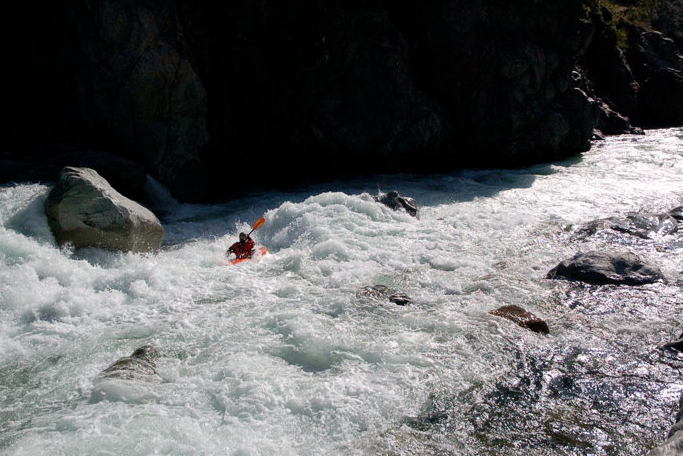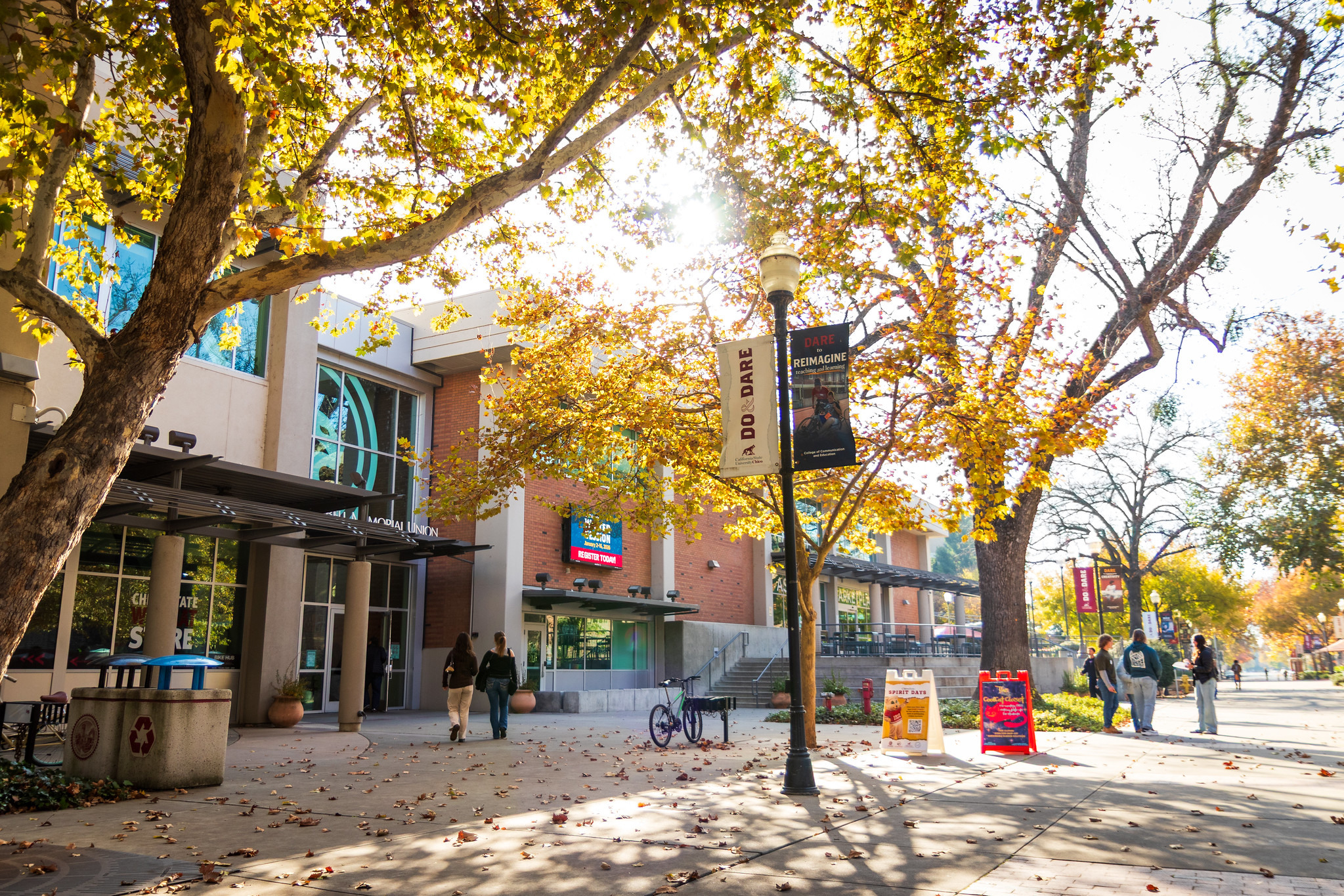
As an aspiring whitewater kayaker, fear has become a very familiar feeling. Fear is a natural reaction when you place yourself in an unnatural situation, such as kayaking down a roaring section of river, climbing up an exposed slab of granite, or charging down a technical trail on a mountain bike, but too much fear can be debilitating, leading you replace skill and control with anxiety and doubt. Enjoyment comes with balance, and in action sports this balance can be found at the confluence of muscle memory and mental game.
I asked some avid kayakers, bikers, and skiers how they interact with fear and found many commonalities amongst their responses. Here is some collective insight I have to share:
Progress at Your Own Pace
The pressure to perform to the same ability as your friends can take one of two paths; it can either lead you to pursue something you are not ready for or hinder your confidence through the process of comparison. Don’t work against the grain. Work to develop skills on easier terrain in order to increase confidence in your abilities. The increase in exposure to different types of environments can also help build experience, which will mold you into a more competent athlete.
Control and Preparation Are Key
Confidence comes when you have control over a situation by being prepared for the best outcome, but also every other possible outcome. Maintaining control can also mean being aware of what you’re thinking at each given moment. It’s important to perform methodically by directing all of your focus onto the immediate task and continuing to be present throughout each action. Being mindful of this will allow you to be able to separate what is important now, and what is important later, making it easier to sink into your flow state and achieve peak performance.
Power of Visualization
Recurrent research has shown that athletic performance can be increased through the process of visualization. Once you’ve neurologically locked something down through practice, intense visualization can allow you to work the same brain regions that you do during physical practice, leading you to achieve similar levels of improvement in terms of skill and performance. The more intensity and precision that surrounds your mental imagery, the more you will gain from it. In contrast, lack of visualization or the envisaging of unsuccessful outcomes can lead to an increase in uncertainty, which can hinder your performance.
Pay Attention to Your Breath
Taking deep breaths before committing to something can help clear your mind and set you up for success. Conscious breathing shouldn’t be limited to one moment, but instead should be practiced throughout the entirety of the activity. Breathing is one of the easiest and most effective ways to center yourself. Timing your breaths with your moves can elevate your awareness aiding you in the achievement of goals by helping you slow down what’s in front of you.
Reflect and Analyze
We have been conditioned to either run from fear or learn how to suppress it, but sometimes honing into that fear is what can allow us to gain the most out of an experience. Fear gives us the ability to tap into a heightened sense of self, making the analysis and interaction with it bigger than the sport itself. Most of the time our emotions are sourced by subconscious thoughts, so taking the time to pinpoint the origin of these feelings can help you figure out how to appropriately target them. Fear and or anxiety derived from a lack of skill are something to always pay attention to in order to avoid dangerous situations, but it doesn’t always have to be a negative emotion. By rethinking your relationship with fear, you can begin to learn how to use it to your advantage.
Listen to the podcast linked below if you want to learn more about the origins of fear: Fearless - Invisibilia




